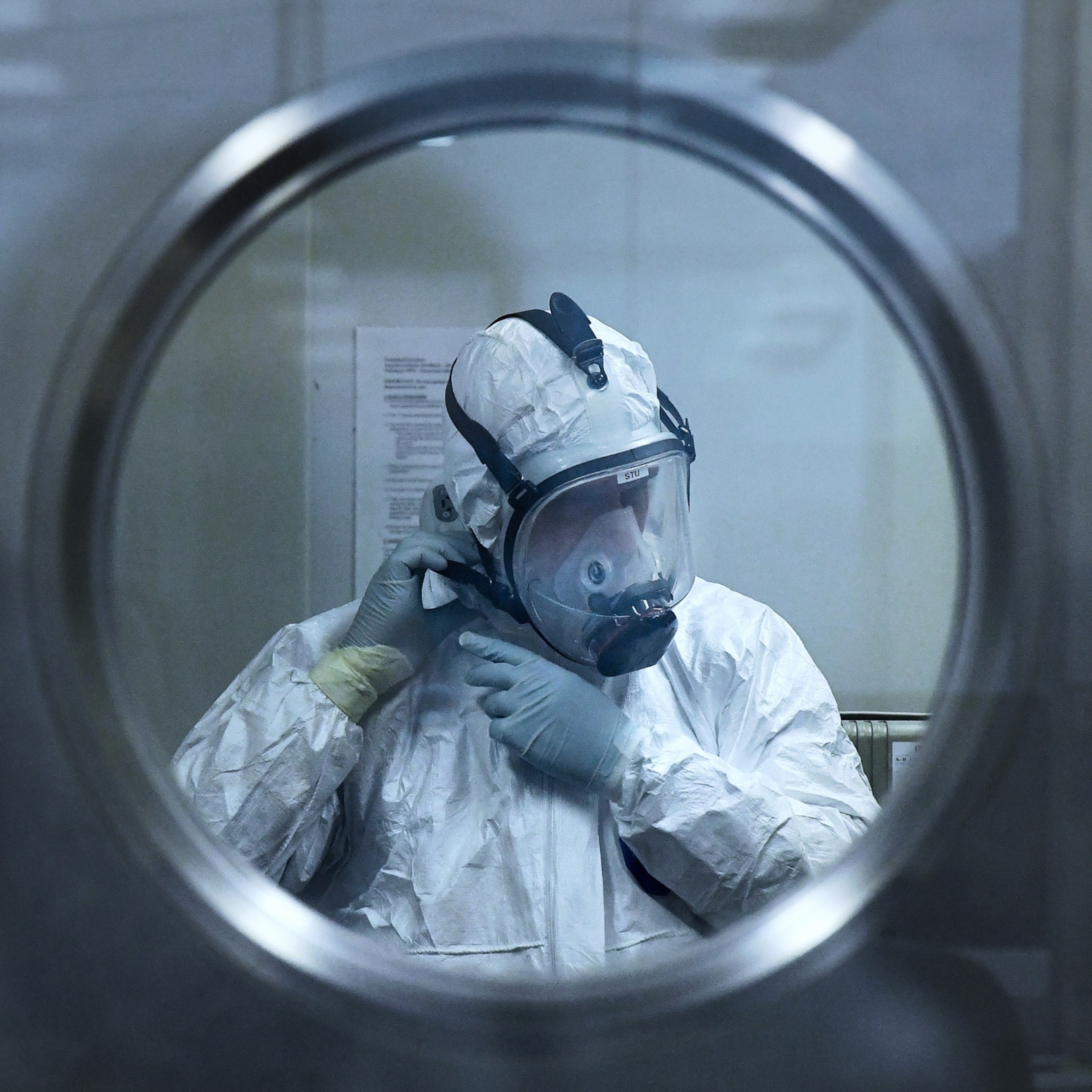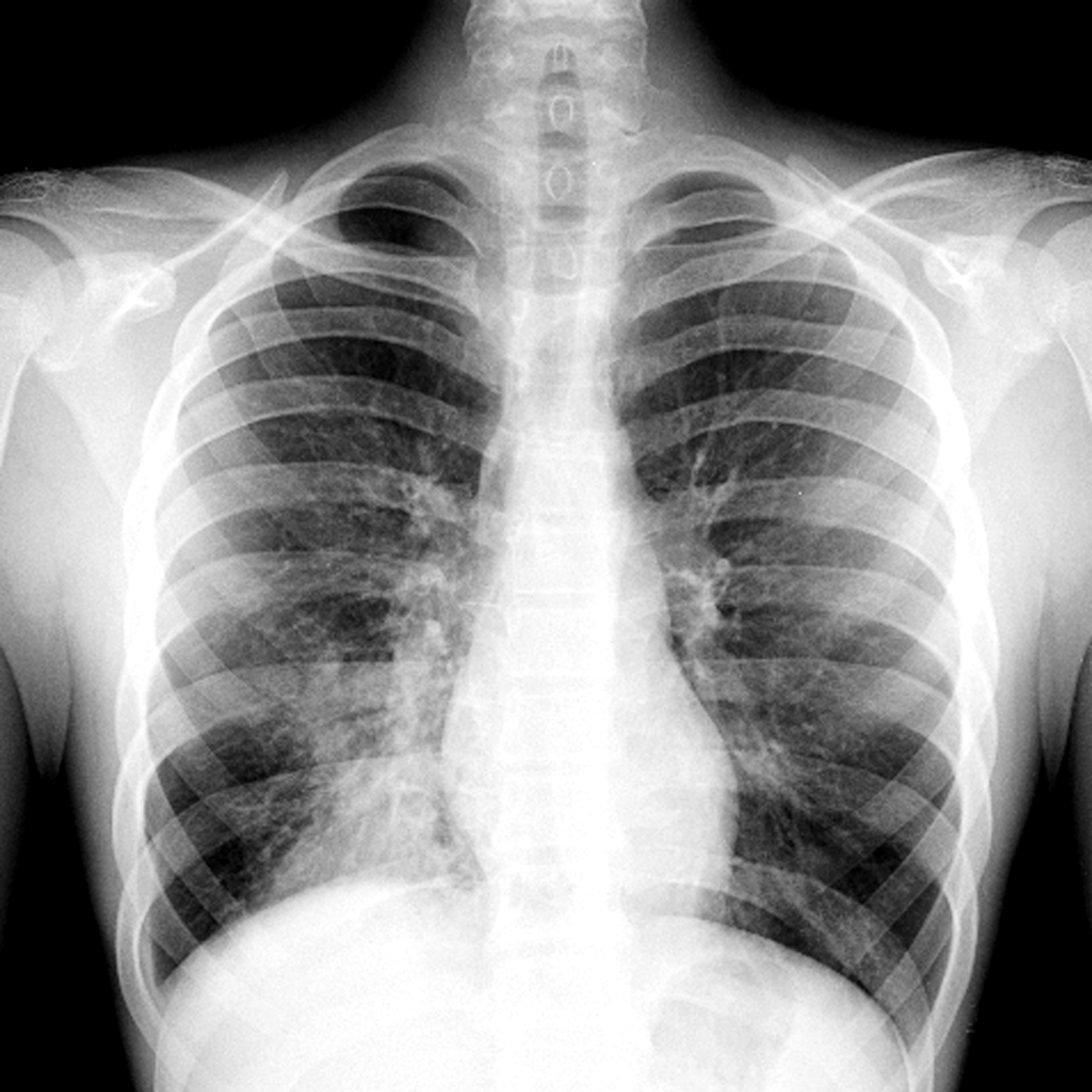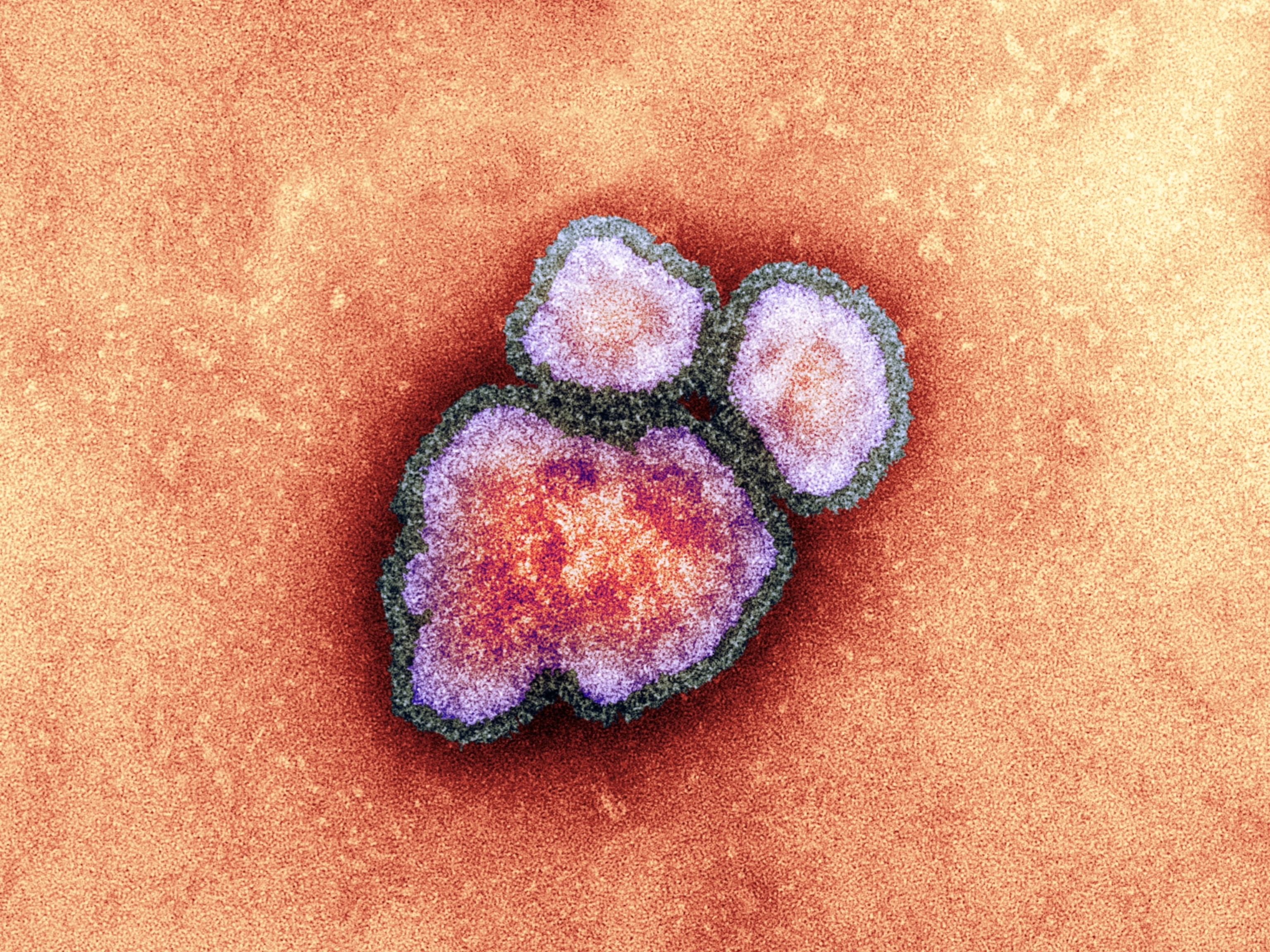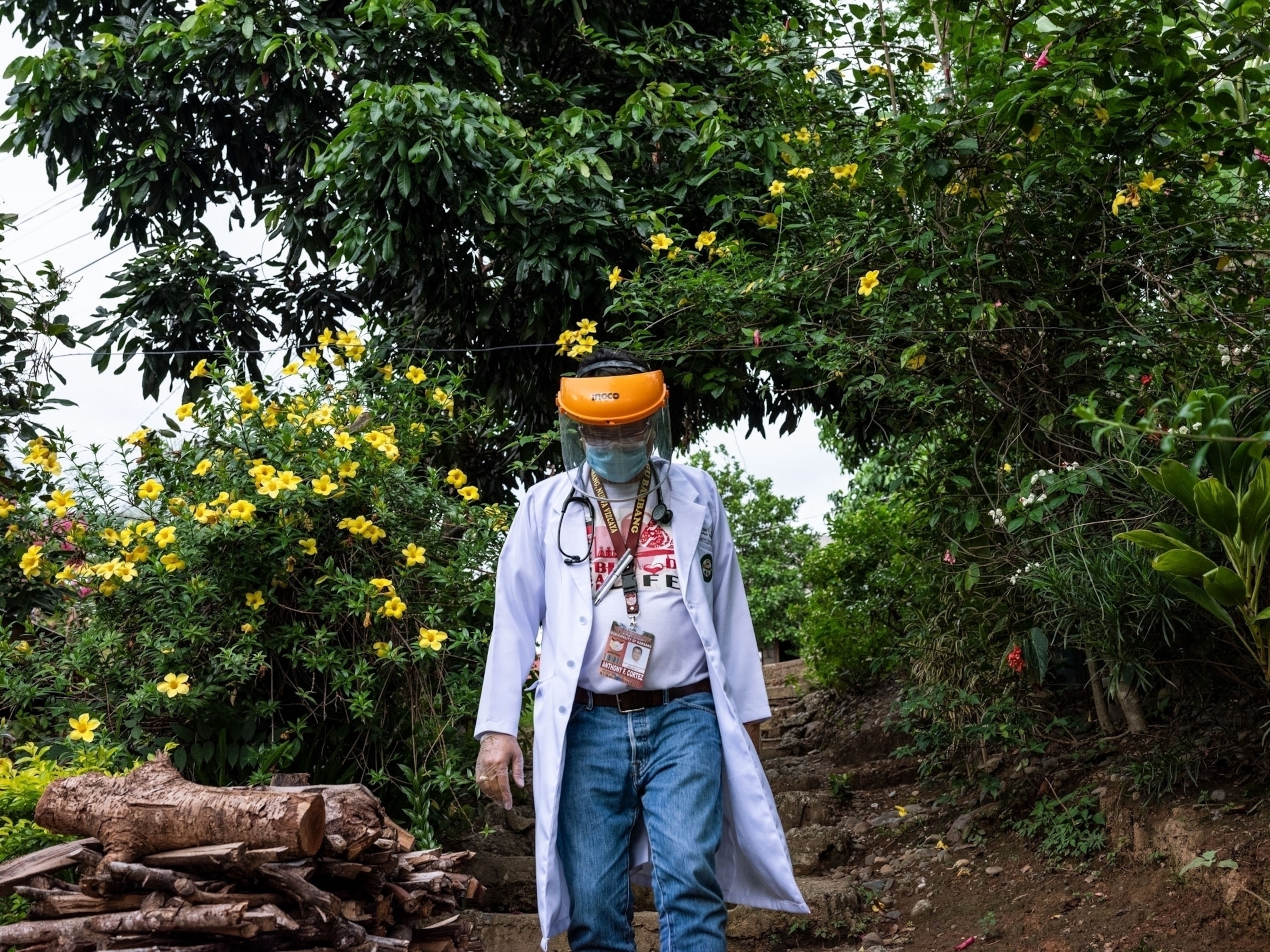
How a single doctor fights to keep COVID-19 from reaching his rural town
Anthony Cortez protects the 56,000 residents of Bambang, Philippines, through contact tracing, quarantine—and gossip
Bambang, PHILIPPINES — Francisco Fernandez died after falling off a motorbike. The 45-year-old, who helped people find seats on the minibuses in town, was a beloved community fixture. But with a public-facing job and a spot on his lung, he was considered a possible COVID-19 carrier. A doctor ordered his family to bury him quickly, against Philippine tradition, and all eight people who lived with him—his sister, her spouse, her children, and elderly relatives—were put under a 14-day quarantine in their crowded home.
Yet when Anthony Cortez, the doctor who had ordered the rushed burial and quarantine, arrived to check on the Fernandez family, none of them expressed resentment. Instead, faces lit up and the kids waved eagerly. “It’s so nice to see you again,” said Nenita Fernandez, Francisco’s sister.
Cortez, the only community doctor in Bambang, has overseen their medical care for years. They trust him, and he makes them laugh. The family gathered outside to have their temperatures taken by the doctor, who wore a white coat over battered jeans and a t-shirt. When the kids tried to give Cortez high fives for not having a fever, the 56-year-old, in a surgical mask, face shield, and rubber gloves, mimed “air fives” instead.
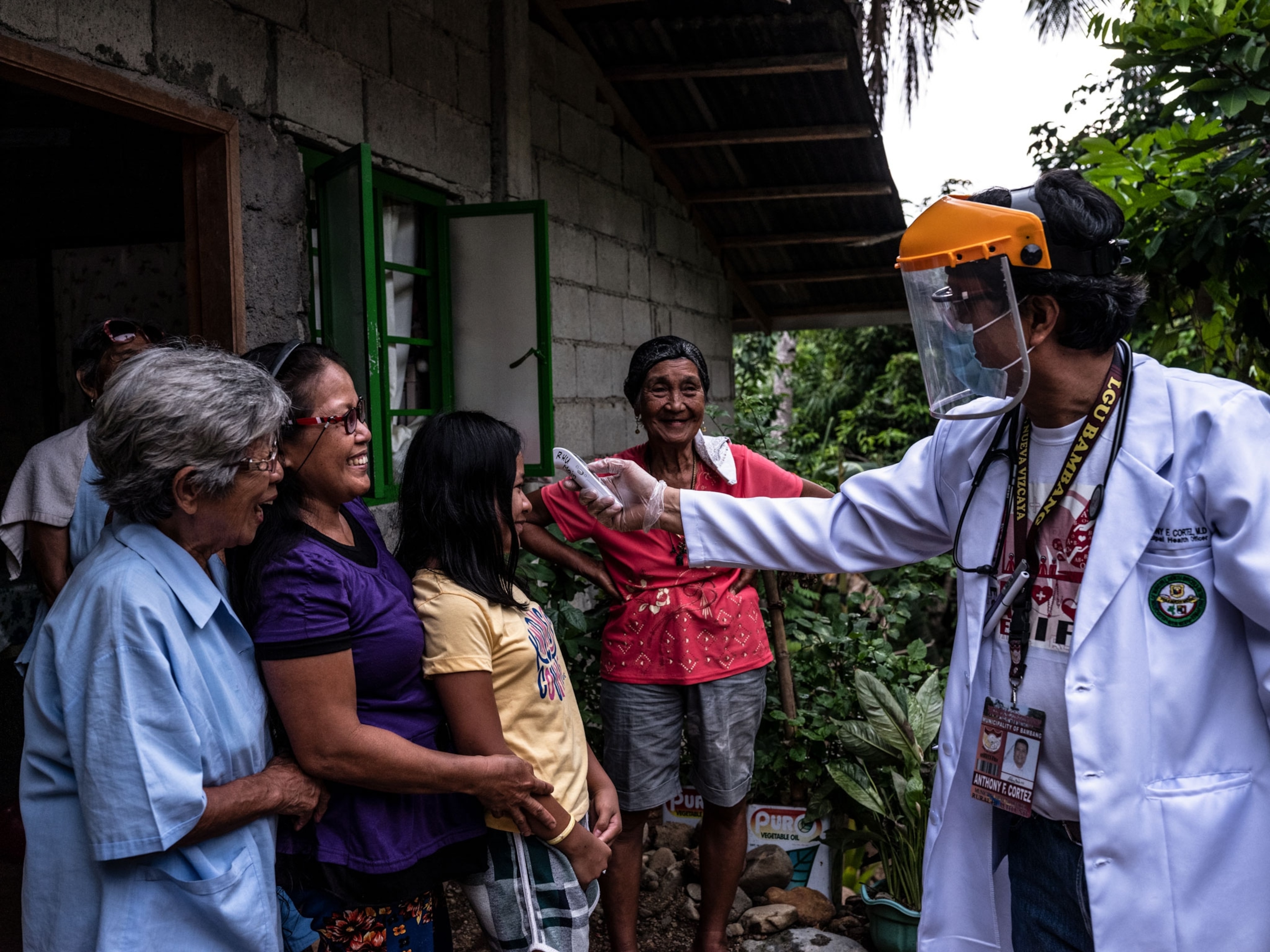
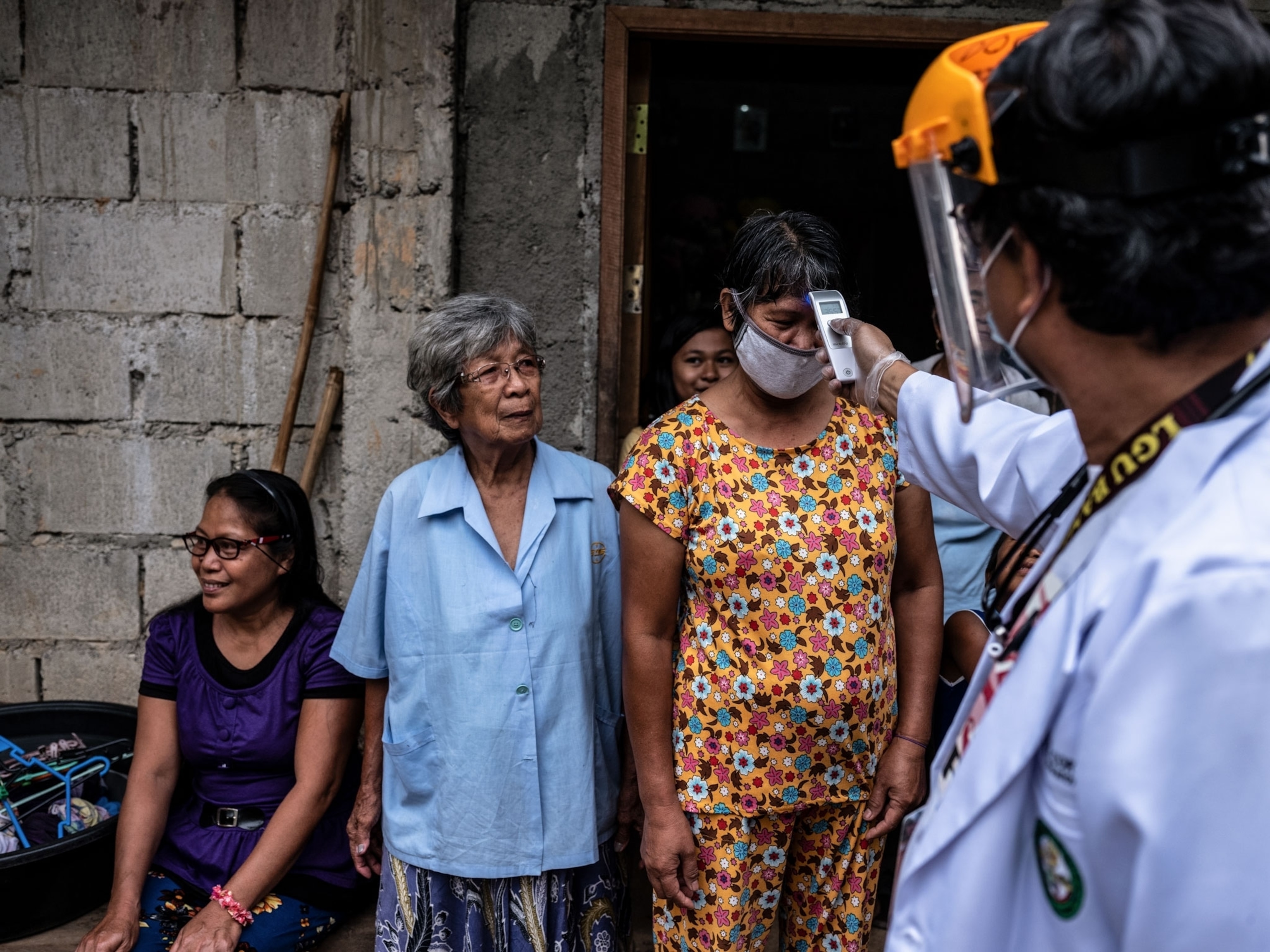

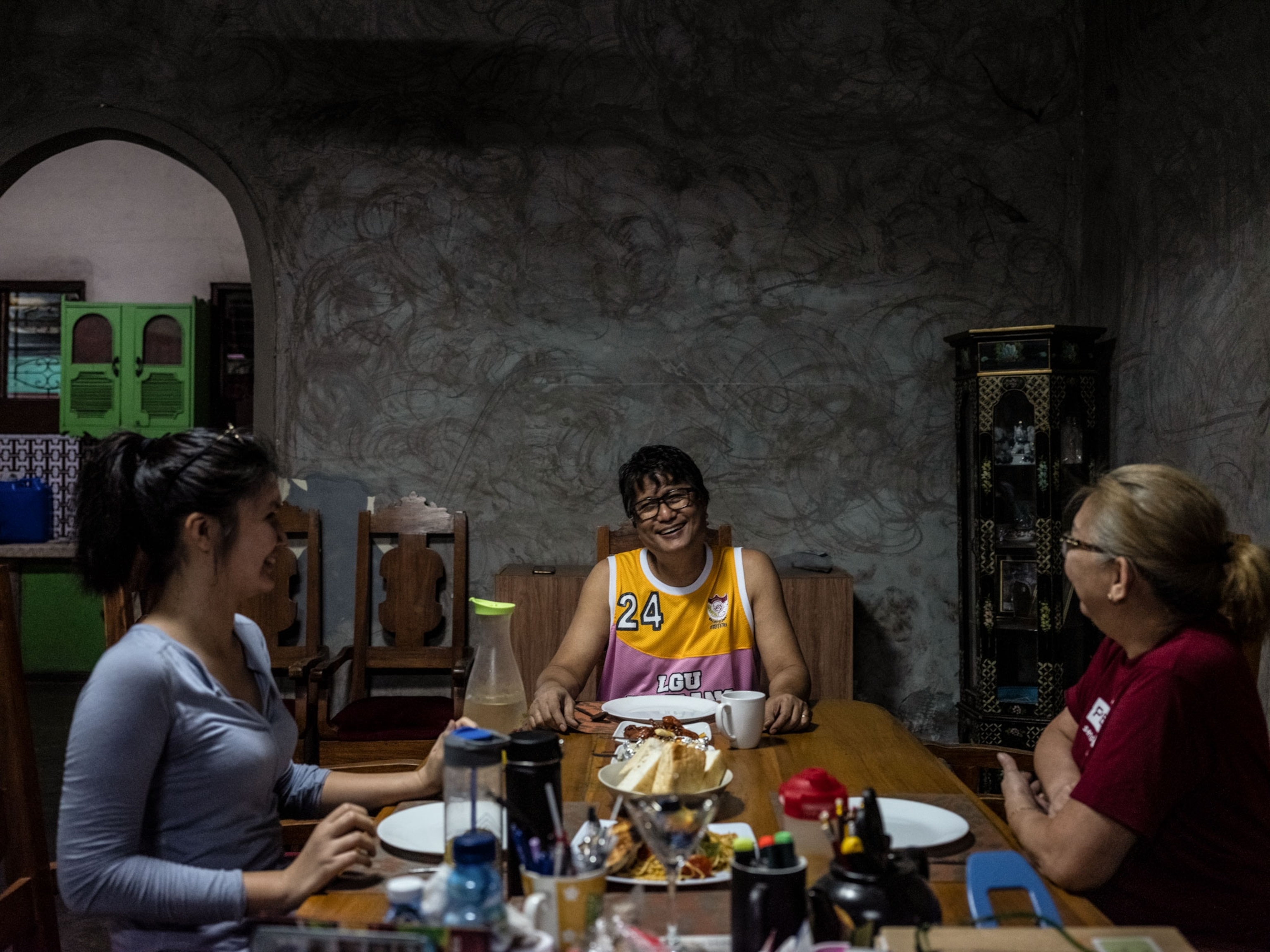
For the 56,000 people living in Bambang, my hometown, about 200 miles north of the capital, Manila, Cortez is their primary caregiver and the first responder. For 21 years, he’s run the local Rural Health Unit, one of the government-funded medical clinics across the Philippines providing free basic healthcare. Under Cortez’s care—and that of the 40 nurses and midwives who work with him—kids have grown up and elders have grown old. My family goes to him too.
“We don’t just cure,” said Cortez. “We are also clinicians, managers, administrators, multitaskers.”
When the first coronavirus case in the Philippines was confirmed on January 30, the town’s response fell to Cortez. He and Mayor Pepito Balgos, a former community doctor himself, decided to implement measures based on science that, if necessary, would go beyond nationally-mandated restrictions. And while the World Health Organization says cases are rising faster in the Philippines than in any other country along the Western Pacific, including China, Bambang hasn’t reported a single case so far. (See how the coronavirus has spread around the world.)
Cortez and Balgos are keenly aware of the threat the virus poses to Bambang. The Pan-Philippine Highway runs through the middle of town, which sits in a valley surrounded by mountains. It’s like a catch basin. Anyone going south to Manila or north toward the rest of the country ends up passing through Bambang.
Cortez quickly set up a system of contact tracing. Like most Philippine towns, Bambang is divided into villages, or barangays, which are administered by chiefs. Using information from the town’s 25 villages, he made a list of all the people who had traveled to other countries, especially China, since December, and placed them under strict home quarantine. He also operated under the assumption that every new arrival was asymptomatic—infected but without symptoms—and quarantined them for 14 days regardless of exposure or travel history. Anyone with symptoms would be moved to an isolation center set up in the mountains. So far that center has remained empty.
“It is safer to assume that everybody is positive,” he explained.
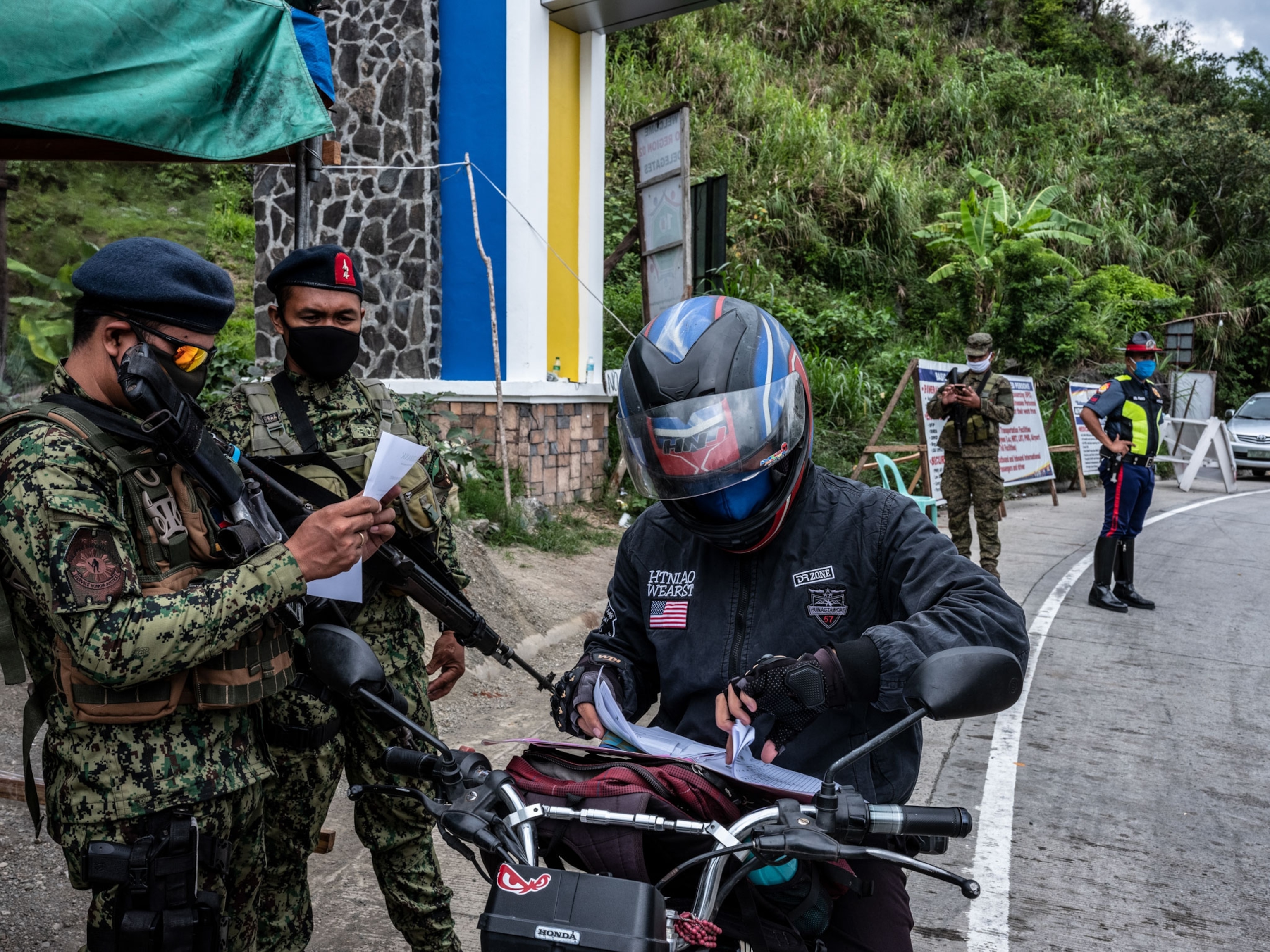

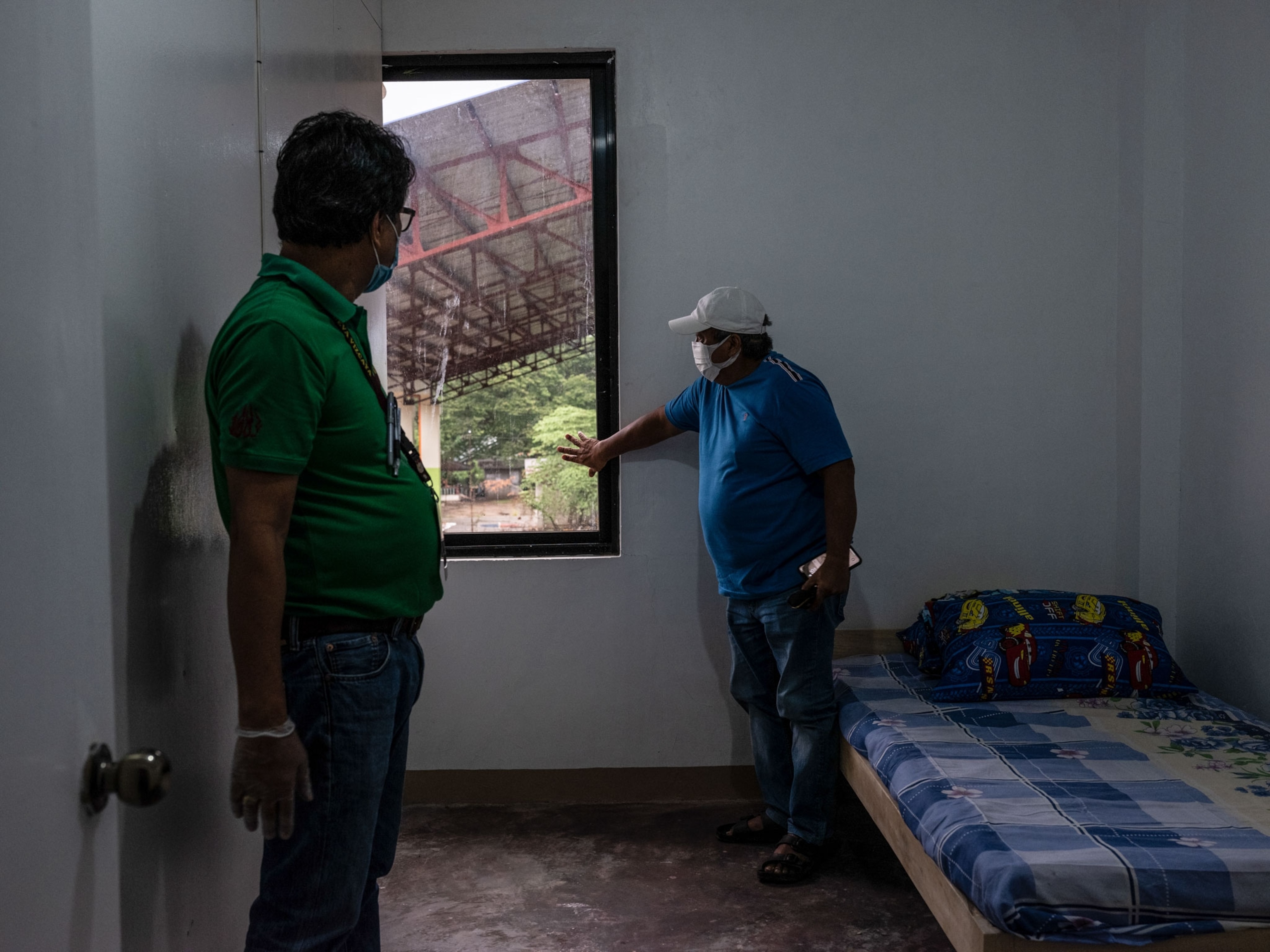
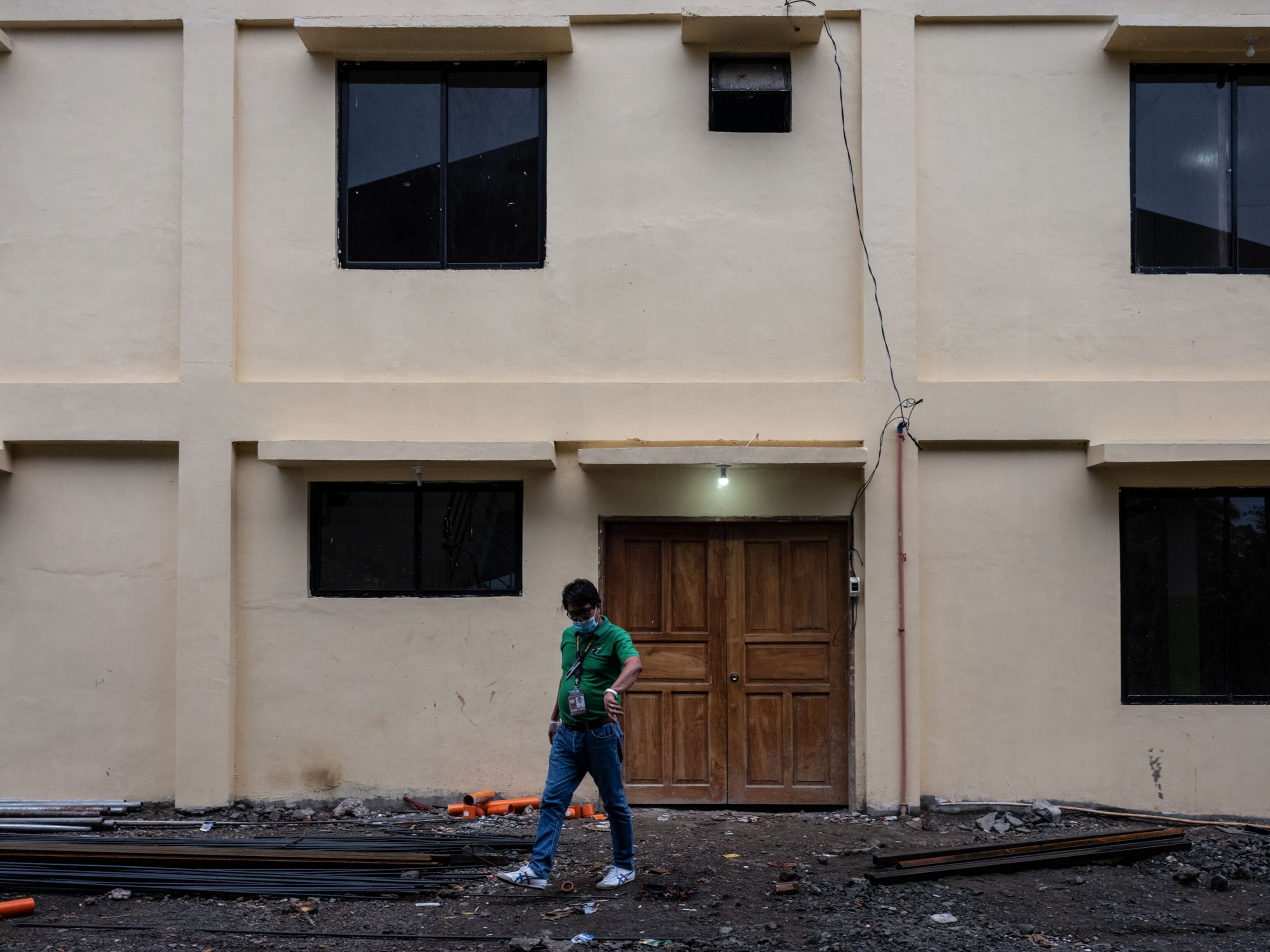
Gossip brigade
To track new arrivals and returning residents, Cortez relied on an asset built into small towns: gossip. Village chiefs asked people known to keep an eye on the neighbors, usually elderly women, to keep tabs on new arrivals to the village. The chief then reports the news to the doctor, who sends nurses to follow up. (Cortez is careful to verify reports and to quash unfounded rumors of positive cases.) The members of this unofficial “gossip brigade” are thrilled to help. It’s their time to shine.
I got caught up in the quarantine myself. When I needed to go to Manila for an assignment, I asked Cortez for a medical certificate and travel pass, paperwork required by the government to leave town. When I returned, the doctor told me to spend 14 days in isolation, which meant staying in my bedroom, cut off from the rest of my family. My father left trays of food outside my door; we would video conference even though he was in the next room. My dad warned me not to break quarantine even briefly because the neighbors would know—and blame me if there was an outbreak. The loneliness was terrible, the paranoia even worse. I was constantly sniffing to confirm that I hadn’t lost my sense of smell, a symptom of the virus.
Cortez explained his strict tactics: Isolation has proven effective over time, and we need to use it now because there's no cure, no vaccine, and testing is limited and slow. The only way to control the virus is to isolate people who come into town.
There's been some resistance. When Cortez and the nurses make their daily visits to those in quarantine, some people curse them or refuse to cooperate. Others try to reason their way out. But when the news came that people were dying in countries with better health care than the Philippines, such as Italy and the United States, more people began to take it seriously. (Meet the rural French doctor who's a lifeline for her community.)
The national government initially downplayed the virus, but on March 17 it instituted quarantines by region. Until May 1 we were in an enhanced community quarantine (ECQ): travel was restricted, all but essential businesses were closed, public transportation was shut down, and we all had to stay home except to get food or medical care.
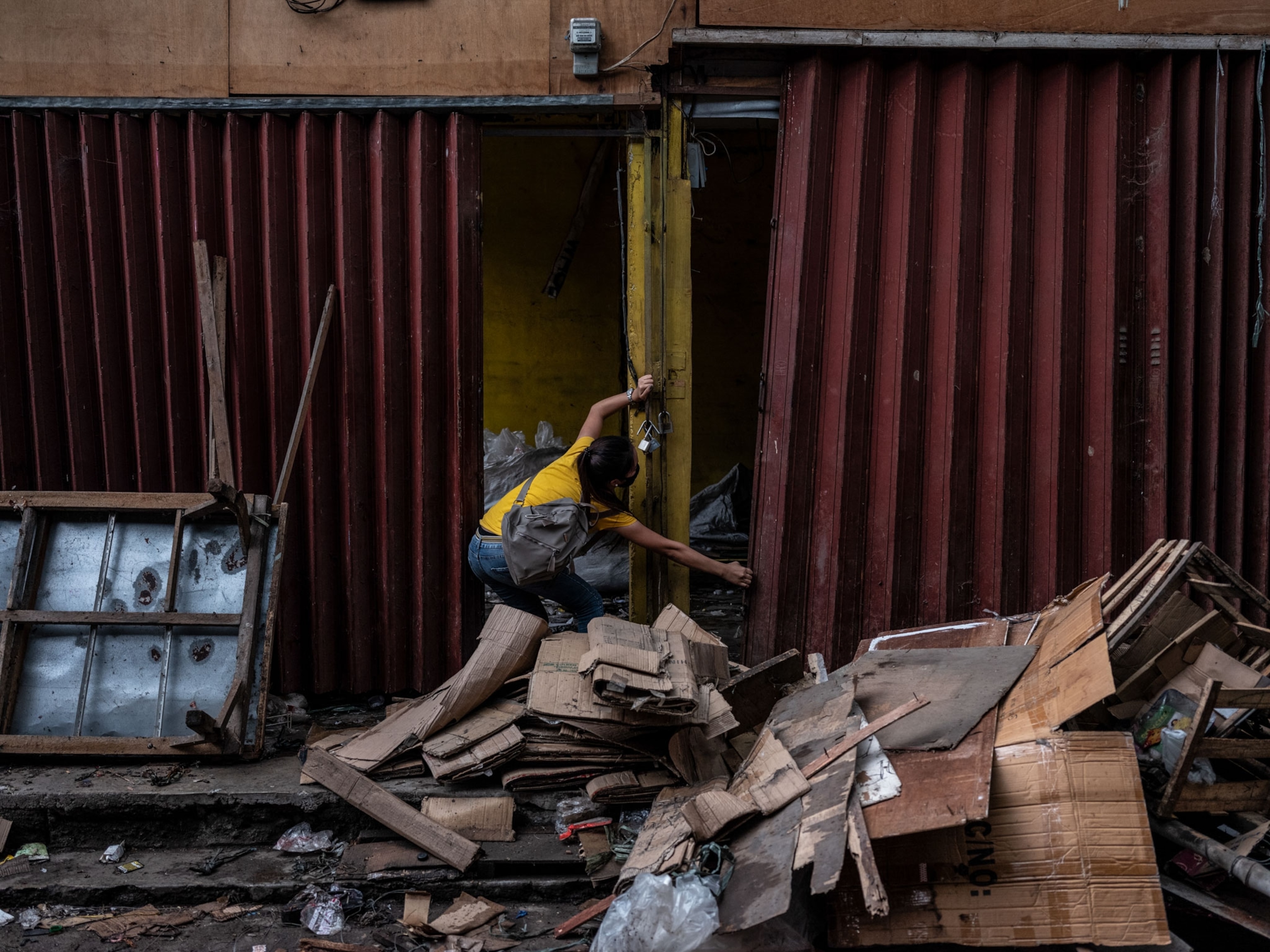


Now we’re under general community quarantine (GCQ). (We joke we’ll soon be under BBQ.) GCQ is less restrictive, but it’s still severe. People over 59 and under 20 must stay inside, only one person from each household can shop at the market, and everyone must wear a mask in public or risk a fine.
The town continues to go further than government recommendations. Anyone entering Bambang must agree to quarantine for 14 days or return to where they came from.
Under enhanced quarantine, Cortez worried that patients would be too scared to seek treatment for other illnesses, such as tuberculosis (the Philippines has the third highest TB rate in the world), or chronic conditions such as hypertension or diabetes. He asked the nurses, each assigned to a specific village, to deliver medication to patients and also to immunize children at home. The clinic has a list, thousands of names long, of those who need these interventions.
I’ve lived in Bambang all my life, and this is the first time I understood how effective the clinic is.
Cortez and his staff are overwhelmed with patients. The clinic, which is near the town hall, is small. There’s Cortez’s office where he sees patients, a tiny consultation room where patients meet with a nurse, a small waiting area, a birthing room, a place for minor operations, and a kitchen. It’s nowhere near large enough for the number of people it serves. But, as Cortez and his staff are fond of saying, “We work with what we have.” (In the U.S., rural hospitals may not survive the pandemic.)
Patients line up outside, and Cortez prioritizes the elderly and those who have made the long journey down from the mountains. He sees some 80 to 100 people a day. “It’s not really the ideal,” he said. “You tend to go fast.”
Cortez has seemed downcast recently. He constantly reads updates about the coronavirus, lugging a backpack stuffed with papers between his home and the clinic. Community doctors don’t get as much respect as “glamorous” hospital doctors, he says. But they’re essential: If community doctors can’t control the pandemic, urban hospitals will be overrun. The intensive care units in Manila are reportedly full. Inevitably, Cortez says, the coronavirus will come to Bambang.
Funeral blues
Even without any known infections, the coronavirus has upended life and tradition in Bambang, as seen in the funeral for Francisco Fernandez. He had been a barker for the jeepneys, finding seats for passengers on the Filipino version of minibuses. (I encountered him every time I used a jeepney to travel to college in a nearby town.) Fernandez was treated as a suspected case of COVID-19 because he had extensive contact with the public and an unidentified respiratory illness before he died. Under Cortez’s rules, he had to be buried within 12 hours with only a few family members in attendance.
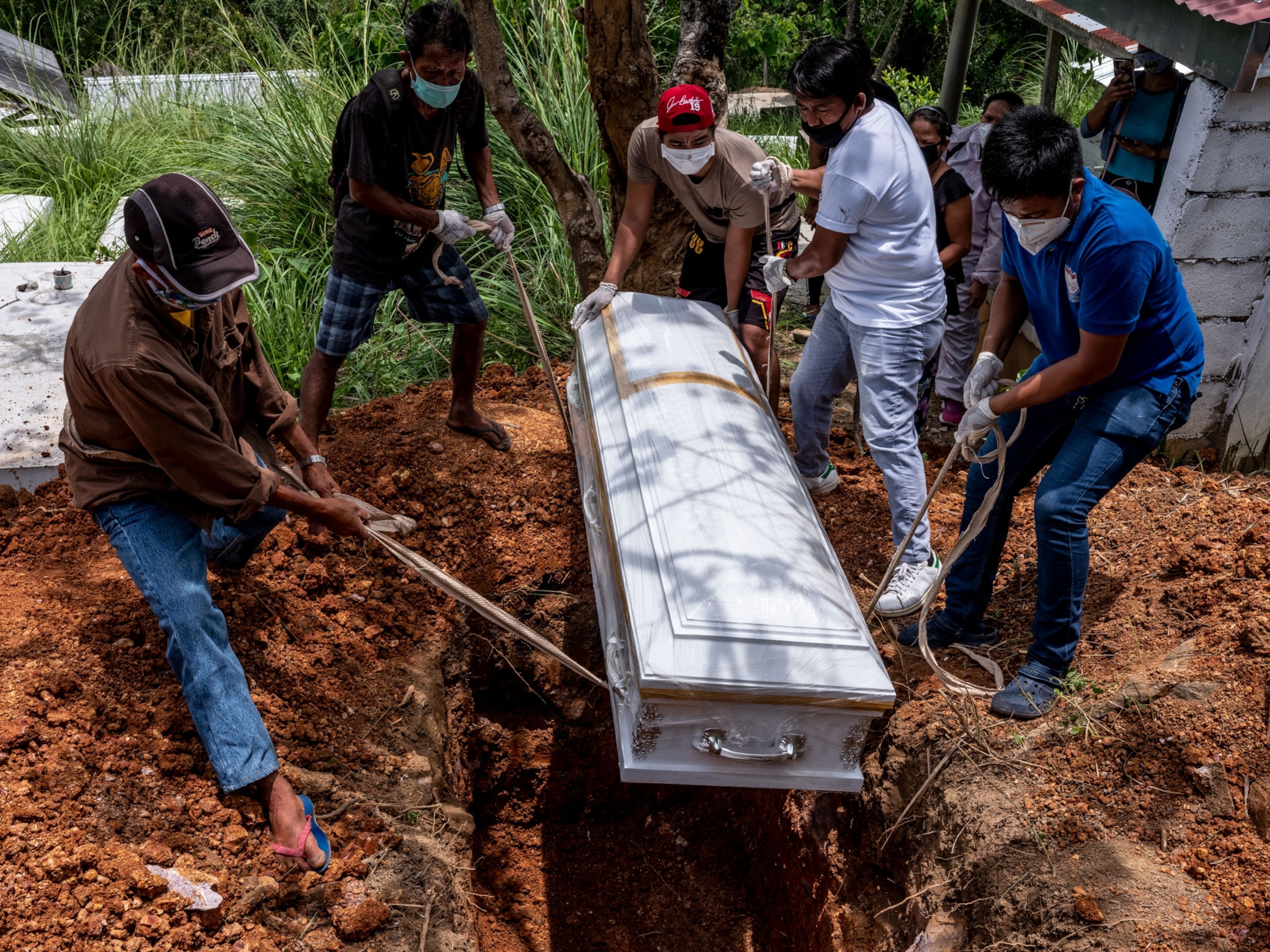
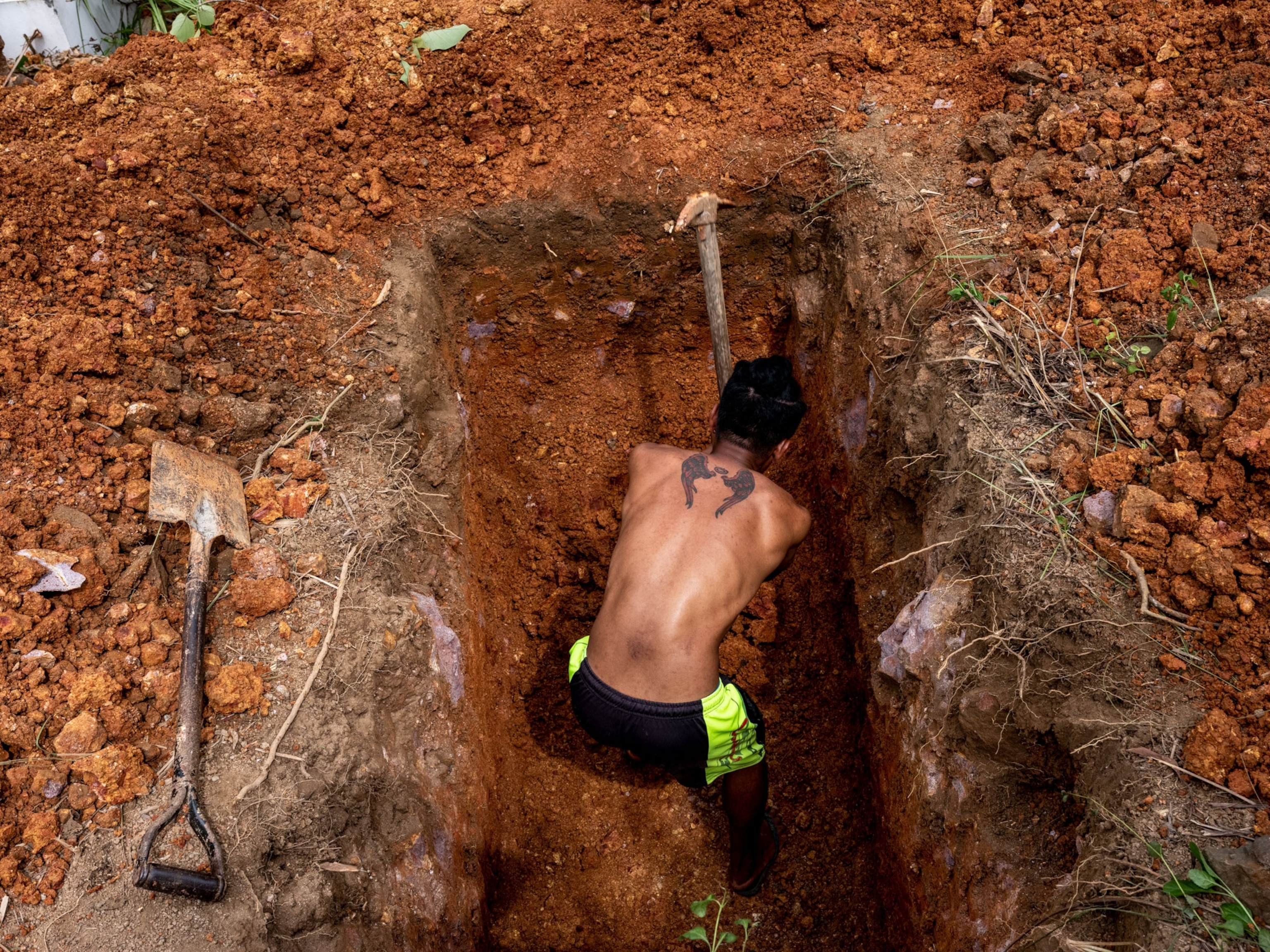

But funerals are huge affairs in the Philippines, like birthday parties or family reunions. They last a week, with karaoke, bingo, card games, and even a live band if the family is rich. All are welcome. We say it’s six days of happiness and one day of crying. Sending off the dead quickly, with so few people, goes against our culture. (In Brazil, families only have 10 minutes to say goodbye to victims of COVID-19.)
Fernandez didn’t get any of that. Only ten people came. The funeral parlor provided the casket and the village nurse helped carry it up the steep path to the cemetery. There wasn’t a celebration, just a long slog up the side of a mountain, his sister Nenita weeping.
Fernandez was known throughout Bambang as the guy who attended every funeral. The man who never missed a celebration of the dead didn’t get one of his own. When his coronavirus test came back 10 days later, it was negative.

